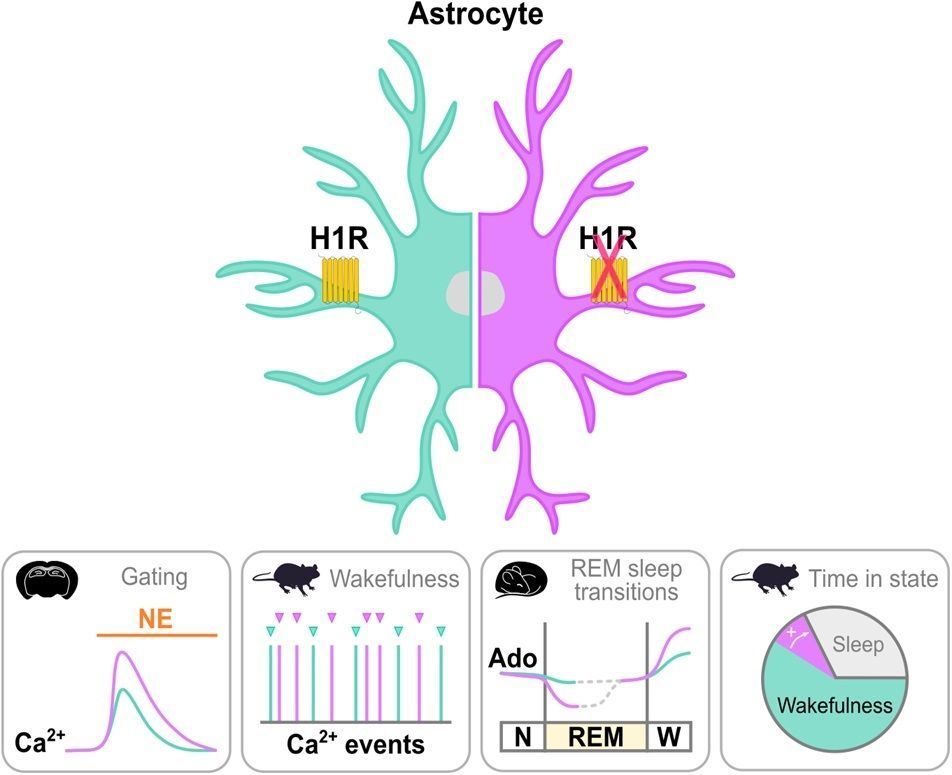PLOS Biology
@plosbiology.org
13K followers
7K following
1.3K posts
A leading life science journal that champions high-impact research across all disciplines—from molecules to ecosystems. We offer innovative formats and collaborative editorial support to ensure your work achieves its full scientific impact.
Posts
Media
Videos
Starter Packs
Reposted by PLOS Biology
Reposted by PLOS Biology
Reposted by PLOS Biology














